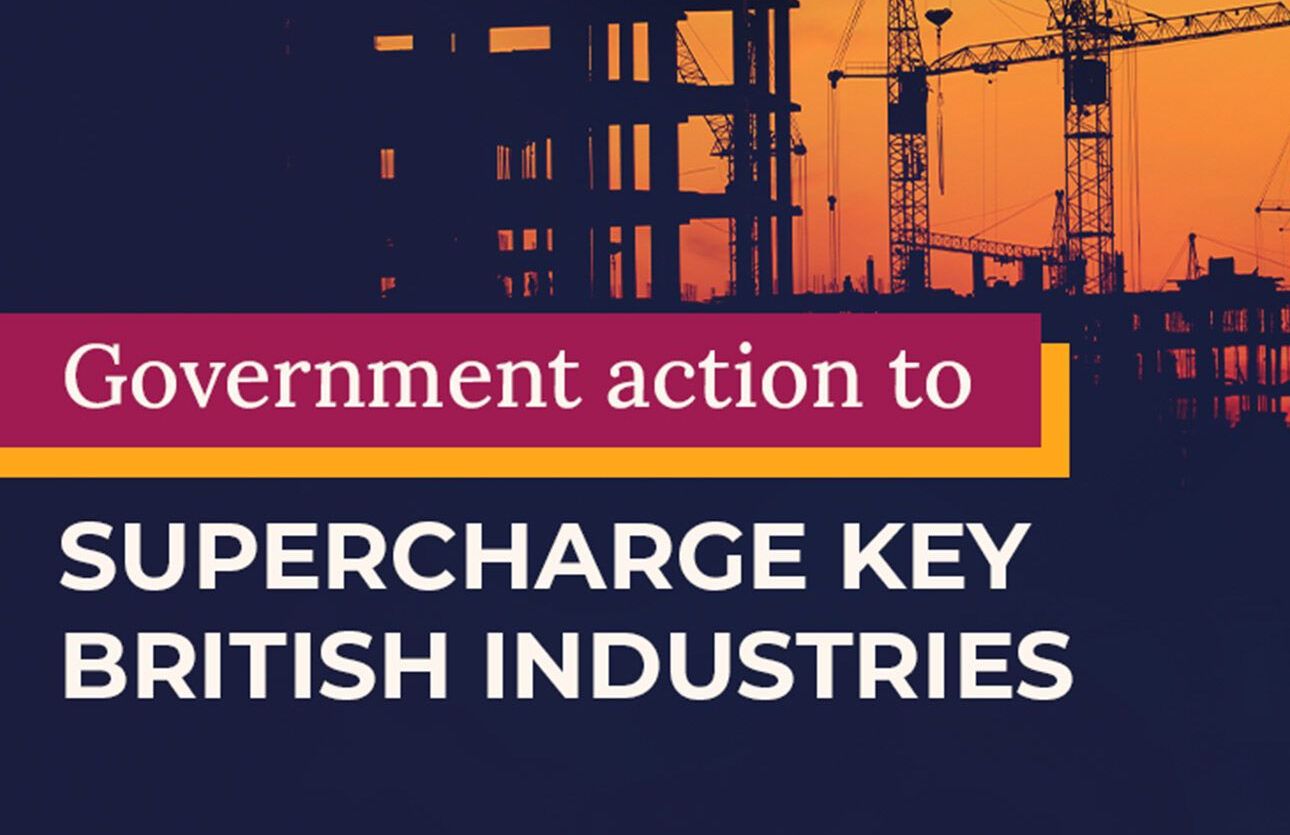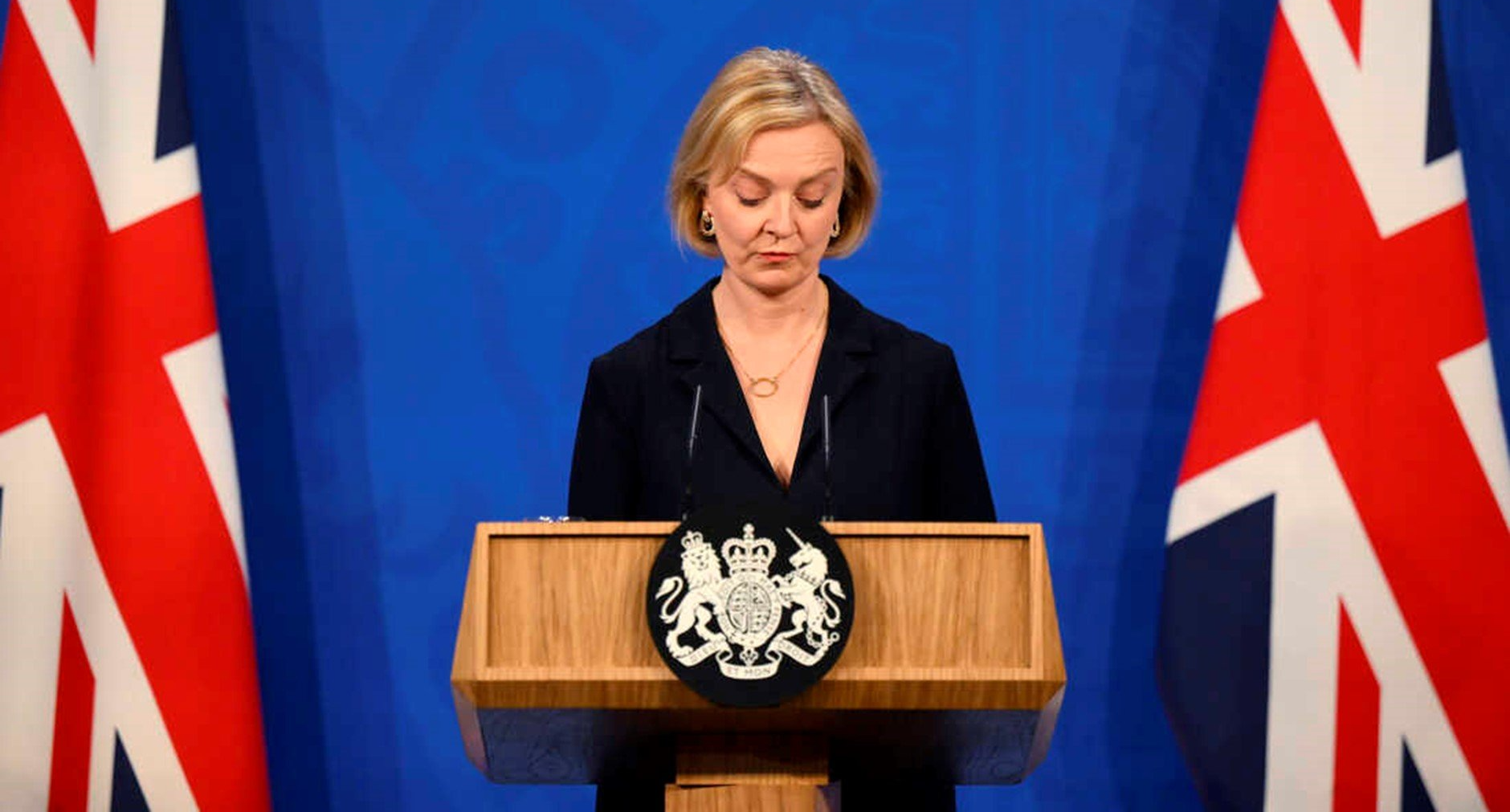Non-commodity costs forecast to exceed commodity costs from April 2024

As the wholesale electricity market returns to some form of normality (albeit at a higher level of price and volatility) now it is the turn of the less famous sibling, non-commodity costs, to take its spot in the limelight. With significant rises already coming through on invoices since April 23, more increases are fast approaching on the horizon from April 24 when non-commodity costs are forecast to outweigh commodity costs once again:

Balancing Services Use of System (BSUoS) Charges
BSUoS charges reflect the day-to-day operational costs of balancing the transmission system. The cost of BSUoS is largely influenced by the underlying wholesale cost of electricity, with National Grid required to pay market reflective rates to generators to be on standby to provide generation should the system require it. The high wholesale prices over the past year have seen a corresponding spike in balancing costs faced, which in turn are recovered from long suffering consumers via the BSUoS charge on your bill.
On top of the commodity led increase since the energy crisis inflated wholesale prices, BSUoS saw another increase from April 23 because Generators no longer contribute to the cost of BSUoS. The idea behind this change was that generators should be able to reduce the cost of the wholesale energy they produce, which will benefit consumers, but the impact was that BSUoS charged to consumers increased by around a third.
One minor benefit that came from change is that National Grid is now being asked to fix BSUoS costs for 6 month periods and to notify these costs 9 months in advance. This should provide much welcomed price transparency and budget certainty. However, if a modification is passed as proposed, this will be reversed to 3 month's notice, which much reduces the benefit of fixing this cost in the first instance.
Transmission Network Use of System Charges (TNUoS)
The Targeted Charging Review (TCR) was an OFGEM led initiative that assessed the way in which network charges are recovered and in turn led to changes to the methodologies used. The latest change to be implemented has impacted TNUoS charges from April 23.
TNUoS charges aim to recover the costs involved with operation, maintenance and development of the UK’s transmission networks. Previously, this charge was calculated using the Triad system, which saw half hourly (HH) metered customers charged for electricity transmission costs according to their consumption during the three half-hour periods in Winter when overall demand on the grid was at its peak. OFGEM was concerned that this system distorted the market by encouraging some businesses to shift their consumption to avoid Triad periods and not pay their share towards maintaining the grid year-round.
From April 23, the TNUoS charge recovery has been supplemented with a banding-based daily charging system that should ensure all businesses pay their share towards the upkeep of the grid. The banding for each meter will now be based on the Agreed Supply Capacity (ASC) or their Estimated Annual Consumption if an ASC is not in place e.g. for non half-hourly metered supplies.
The impact on your costs from these charges will depend on how flexible your business was at reducing / shifting consumption in the three peak hours to avoid TNUoS previously (Triad Avoidance). Triad avoidance will no longer be possible for many and, where it remains, the benefits will be significantly reduced. This means that businesses who used this method to reduce their TNUoS costs in the past might find their annual energy bill significantly increasing. Conversely, if you were unable to flex your consumption previously, you may have seen a reduction in your TNUoS charges since April 23, as per the aim of the review, as everyone will now contribute more evenly. On average, TNUoS represented £8.52/MWh from April 23 and this is forecast to increase to around £9.59/MWh from April 24.
Distribution Use of System (DUoS)
Refers to the infrastructure that transports electricity from the national transmission network onto the local distribution network (and therefore to the end user). Distribution Network Operators (DNOs) charge for the use of their distribution network in each region to recover the costs associated with running and upgrading their network. Due to the advancement in renewable generation installations, there are sizable network upgrades ongoing to support additional localised electricity generation.
The DNOs published their charges for the period April 24 – March 25 in December 2022. The figures show a significant increase of c. 50% in 2024 for some regions. These increases are a result of revenue under recovery in previous years (lower volumes across the network due to COVID), network upgrades and the high rate of inflation driving up costs. OFGEM approves any increases in network costs through its price control review.
Renewable Obligation (RO)
RO is one of the main support mechanisms for large-scale renewable electricity projects in the UK and places an obligation on licensed electricity suppliers to source a proportion of their supply to customers from eligible renewable sources each compliance year.
A supplier has two options to meet the obligation. Firstly, when a supplier buys power from an accredited generator, they receive Renewables Obligation Certificates (ROCs) which can then be presented to OFGEM at the end of the compliance period. Secondly, they can pay a Buy-Out Price to meet their obligation instead.
Suppliers opt to pass on the cost of this obligation to customers via the RO charge. This charge is calculated by multiplying the obligation percentage by the buy-out rate. For 2023/24 OFGEM has fixed the percentage of the obligation at 0.469 ROCS per MWh of electricity supplied and a buy-out rate of £59.01 per ROC. This creates an RO charge of £27.67/MWh from April 23.
The costs for this year’s RO charge increased because the scheme is drafted so that the Buy-Out price is inflated by the RPI level of the previous year. RPI for 2022 was an extremely high 11.6% because of the turmoil from the Russian invasion of Ukraine and the after effect on the economy from the COVID pandemic. On a positive note, part of this increase has been mitigated by OFGEM reducing the obligation level from 0.491 in 2022/23 to 0.469 in 2023/24.
A further RO impact to watch out for is RO Mutualisation. This is the difference between what has been paid and what is owed to OFGEM in relation to the submission of ROCs and Buy-Out payments. Due to the high number of energy supply company failures during the energy crisis, there will be a large shortfall in these payments and this shortfall still needs to be paid to OFGEM. This is achieved by splitting the balance across suppliers who have already paid their portion for the relevant period. This means suppliers must pay an additional amount, which most, if not all, suppliers pass through to end users. This means customers with pass through contracts will see an increase to the RO portion of their energy bill as suppliers apply one-off charges to those contracts during the obligation period. Customers looking to fix these costs will also see an increase as suppliers build in the additional cost in their forecast prices.
Adalta Energy understands this is still an uncertain time for UK business. If you have any questions or require any assistance, then please contact enquiries@adaltaenergy.co.uk or call Ed Butler directly on 07989 431184. Alternatively, if you are an existing Adalta Energy client then please speak directly with your dedicated contact.
Interested in our services? We’re here to help!
Contact Us
Thank you for contacting Adalta Energy.
One of our consultants will be in touch shortly.
Please try again later.
Company registration number: 13374641
VAT registration number: 384791744
ADR membership number: C35ADAL01












